The payment provider integration process may be difficult and demanding, but among business people, there are thousands of those willing to go through it over and over again. But don’t rush into thinking they’re outright cranks – they are just aware of all the advantages this approach can bring them and of the fact that their efforts will pay off.
Today, we want to shed some light on the why’s and how’s of integrating multiple payment service providers and explain how we can help you with this.
7 reasons to work with multiple payment providers
There are several reasons driving merchants to err on the side of a multi-provider payment setup. Let’s take a closer look at them.
Access to functionality
It’s very alluring for many businesses, especially large ones, to have access to top-notch innovative payment solutions, features, and capabilities. It widens their horizons, enabling higher customer satisfaction rates and allowing them to outwit the competition. In case there’s a tie, a customer would prefer a merchant that offers a better, faster and simpler payment process.
Moreover, as a business grows, its transaction volume and payment needs grow accordingly, forcing it to look for more payment partners. And as a company gets more conscious about their payment flows, optimisation opportunities hidden in their own payment data become more evident to them. It brings access to advanced analytics and reporting tools to the forefront when it comes to choosing payment partners.
Wider coverage
When a business enters the international expansion phase, it often pops up that their payment provider’s coverage is limited to a few regions. What is more, many payment service providers today claim to have worldwide coverage, but in fact, the quality of their service may be poor in some parts of the world. For business, it leaves no other choice than switching providers or looking for additional ones, supporting the geographies needed on a decent level.
More payment methods
No need to elaborate here: the more payment providers you work with, the more payment options are at your disposal. For international businesses, it matters even more, as they need to support local payment options along with popular global ones.
Performance fluctuations
There are hundreds of payment service providers on the market. Although looking similar at first sight, they are all different. Some perform well in Europe but have high decline rates in the US. Some have higher authorisation rates for Visa cards, while others are exceptionally good with Mastercard. Some process transactions in USD at lightning speed but have low latency rates in GBP. The list goes on and on. You can find the balance and reach optimal performance for various transaction types by relying on several payment providers.
Risk mitigation
Working with a few different payment providers would help you ensure operational continuity no matter what with the help of routing and cascading. For example, if your only provider goes down, you go down with them, losing money and reputation. But if one of your providers goes down, you can save your sales by forwarding the payment traffic to different ones. And please don’t fall into the trap of thinking that it won’t happen to your provider or your business — unfortunately, nothing on the Internet is immune to downtimes and outages.
No vendor lock
As we’ve seen in the previous point, dependence on a single payment provider does no good to your business. The market is like a churning sea. Distribute your payment flows evenly across multiple providers and be sure your business will sustain.
Negotiation opportunities
A merchant that works with several payment providers is positioned to negotiate better terms. For instance, some payment processing fees are negotiable, as well as some of payment providers’ limits. Knowing they have another provider to bid against, they’re more likely to be open to dialogue.
Additionally, a business can save money and increase their conversions by simply routing each payment to the payment partner that provides better conditions for this particular type of transaction.
3 things needed to integrate different payment providers
As you can see, the multi-provider payment setup is an advantageous thing for a business to have. But to unlock the opportunities it provides, you first need to invest in it.
First of all, it will take quite some time. Payment provider integration is a complicated technical procedure involving research and preparation, development, testing, and support. All these steps take a while to perform, and you’ll need to go through them as many times as the number of providers you want to work with. To be more precise, just one integration may take you from 3 days to 4 weeks.
Secondly, you need a team of developers who would do all the work. Moreover, hiring them to do the integrations and then waving them goodbye would be a mistake. That’s because payment providers evolve, add new features, and move to new technologies, changing their APIs, so all your integrations will require updates and support.
Of course, you’ll need money to make it all possible. Besides paying salaries to your developers, you’ll have to buy work equipment, pay for the technical infrastructure, servers, security software and hardware, etc. The bill ends up being significant.
A step-by-step guide to integrate multiple payment providers
If you’re ready to invest the resources mentioned above in establishing a robust payment infrastructure with numerous integrations, you’re about to pass the following steps:
- Explore the market and evaluate costs and benefits to make a well-informed decision on which providers to integrate.
- Analyse the documentation of the chosen payment provider. Do they offer the features you need? Would you be able to integrate them into your current technical infrastructure? Do you have enough information to start working on your integration, or should you contact the payment service provider for additional details? Deep-dive into parts of documentation explaining the implementation processes for each feature you would like to integrate.
- Once you are sure that the payment provider meets your needs, get in touch with them. Negotiate the terms, discuss pricing and the onboarding process. Some payment providers will assign you dedicated customer support or account manager, who’ll answer your questions and guide you through the integration process.
- Reach out to them to request, set up and activate development credentials. Keep in mind it may take some time. You may also ask for assistance or consultancy if you need any.
- Based on the documentation, define the transaction flow, explore requests and responses, statuses, fields’ requirements, etc., and project your integration.
- Develop your integration following the documentation and perform A/B testing in the sandbox environment. Use dummy payment data to test the whole payment flow.
- If everything worked correctly in the test environment, proceed to deployment. It is recommended to start processing transactions through the new integration gradually, tracking its performance to avoid any losses and malfunctions and ensure everything works smoothly.
- Maintain, support, and timely update your integration to keep it stable and benefit from the upgrades and features provider adds.
Go through the list again for every further integration.
Keep in mind that despite all the pros of a multi-provider setup, adding each integration makes your payments increasingly hard to manage. You’ll have to monitor payment service providers’ health and your transaction flows through multiple dashboards, reconcile, systematise and analyse all the disparate payment data manually. It’s also essential to stay in contact with every payment partner to solve occurring issues and make amendments to your partnership.
A shortcut to work with several payment providers
Good news: there’s a way to work with multiple payment providers without going through the integration hassles and facing the complications mentioned. For this, you’ll need a payment orchestration platform like Corefy. It comes with 130+ integrations ready for your business to use. All you need to do is integrate Corefy once, and then add any payment provider to your payment setup in a few clicks. Development, infrastructure, security, updates and maintenance are fully covered by us so that you can focus on growing and optimising your business. With a single Dashboard to manage all your payment processes, you can save time and keep track of every payment and of the whole picture equally easy. Book a demo to see it all with your own eyes.




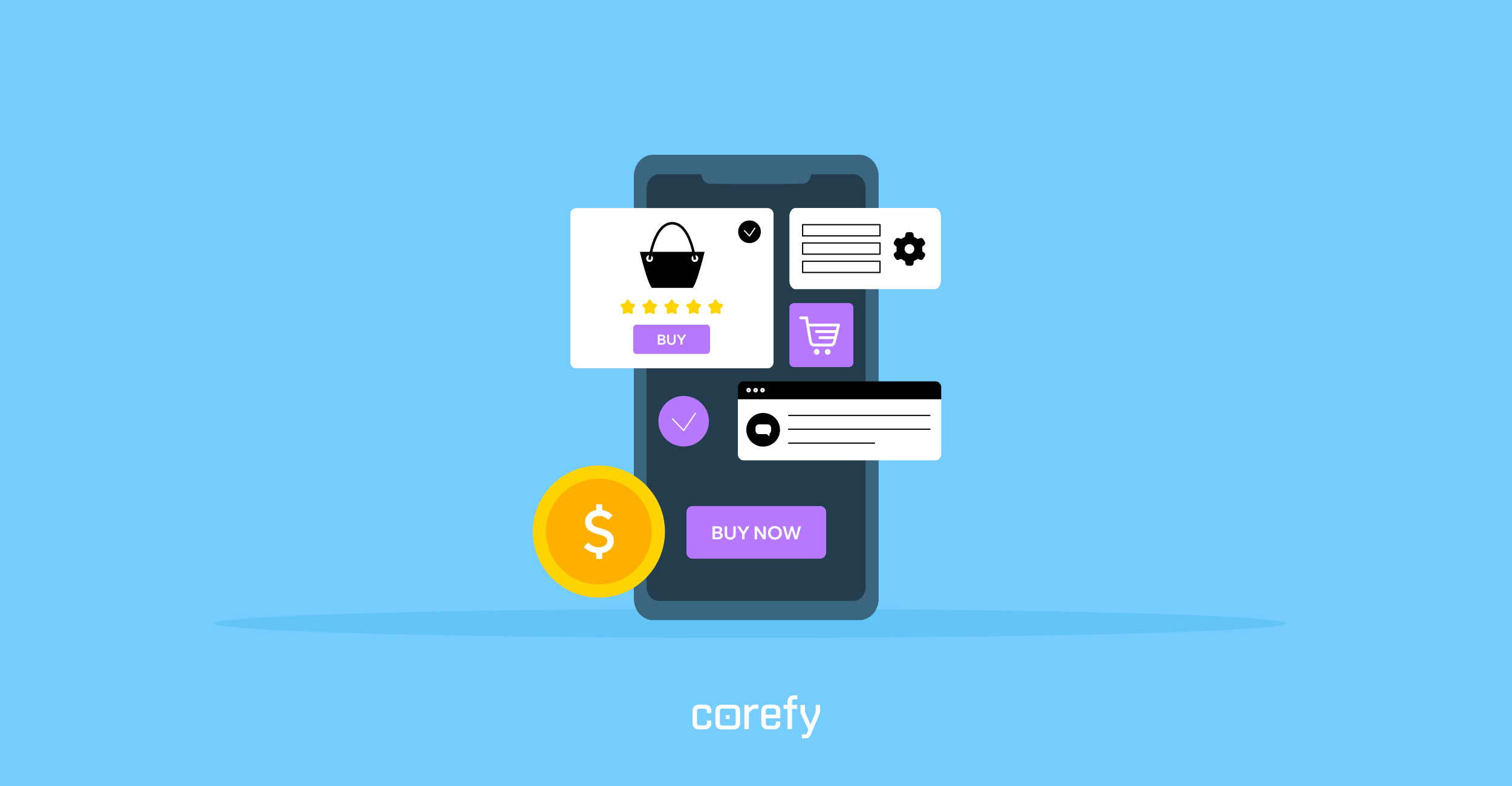
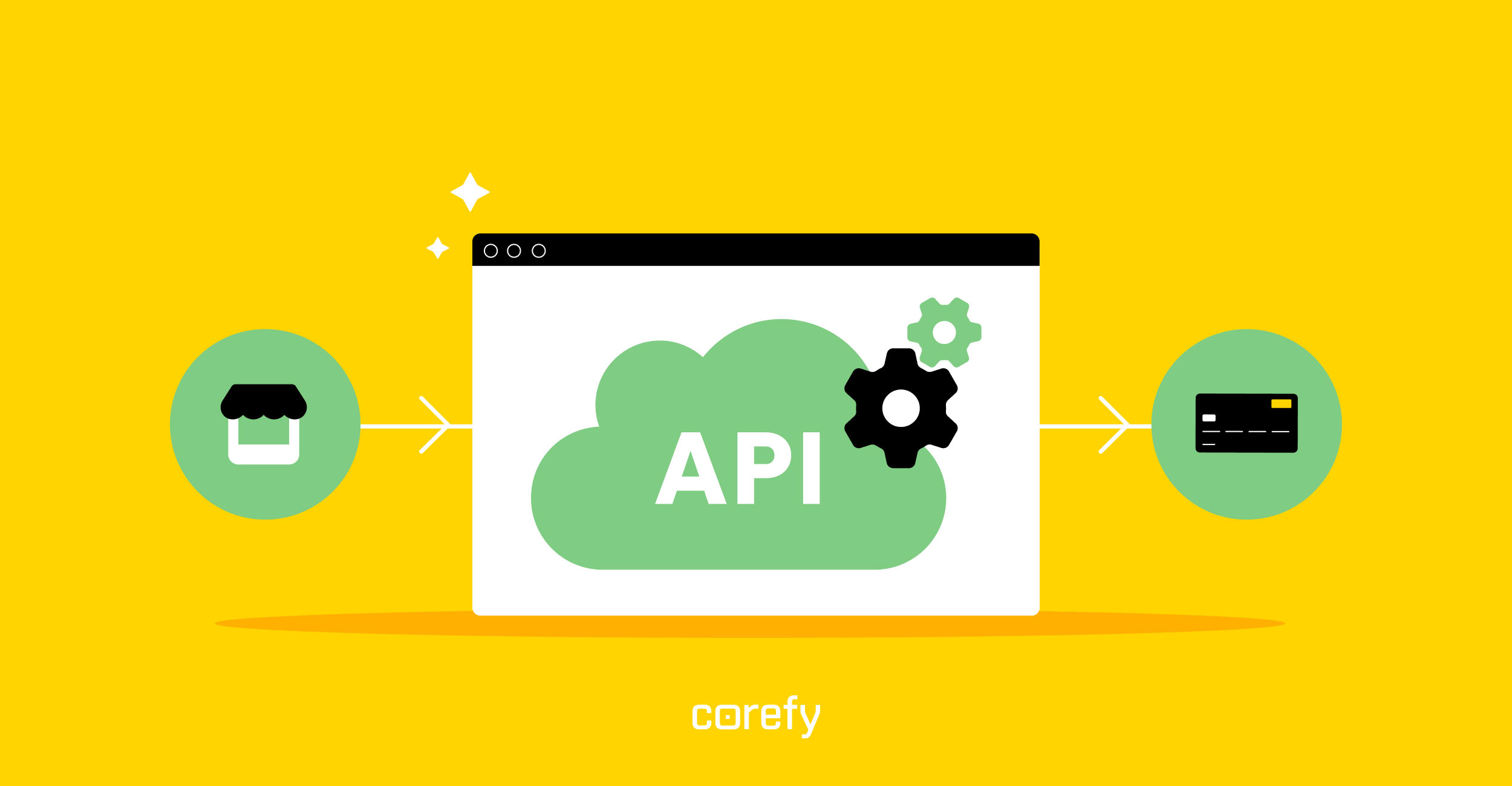
.jpg)

.jpg)
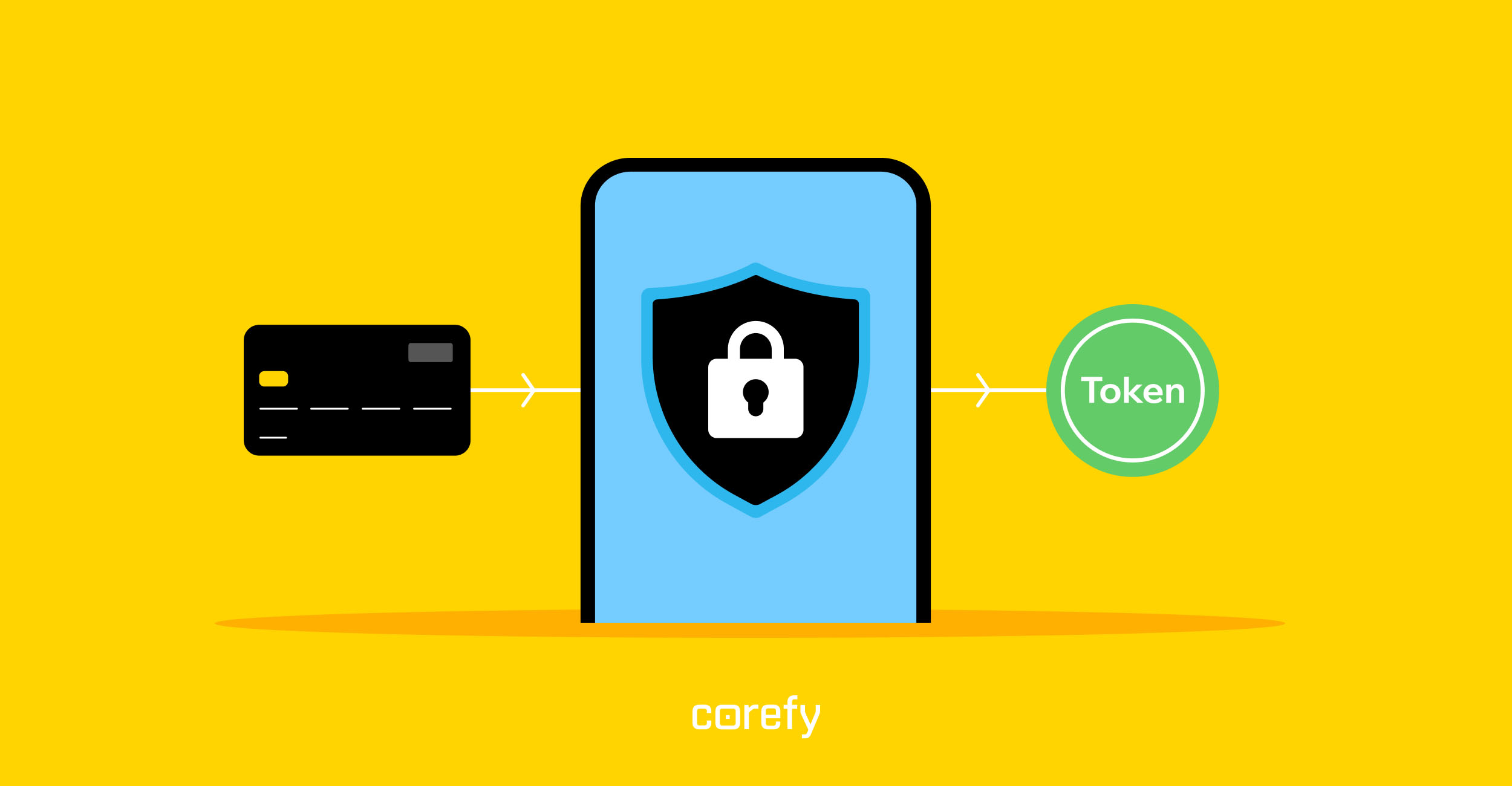
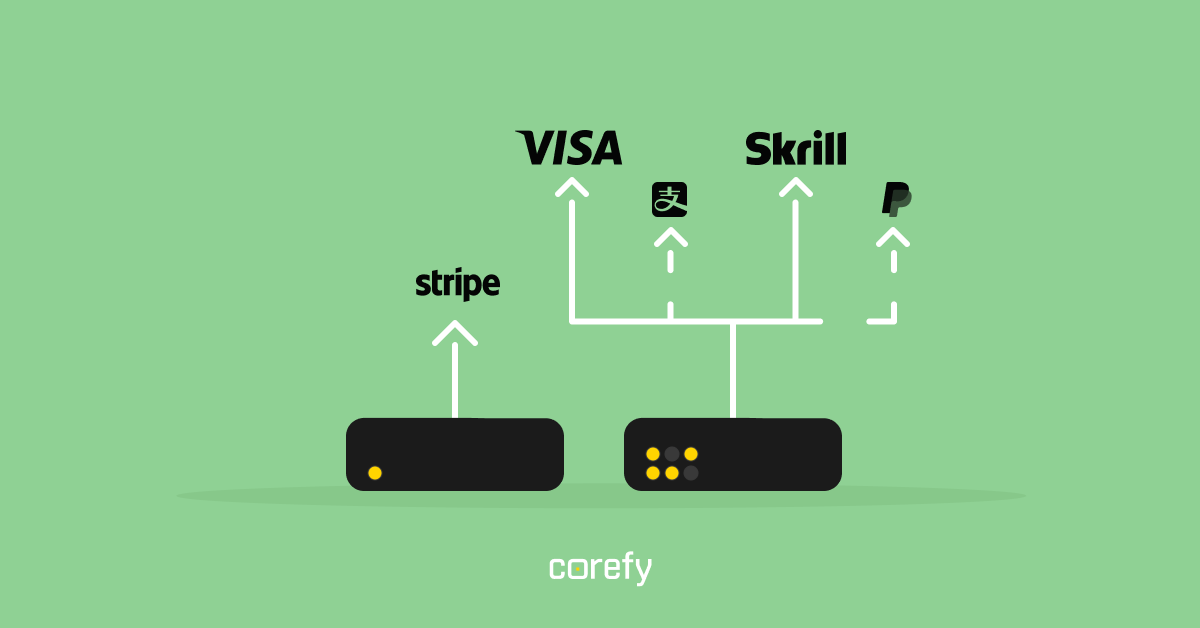
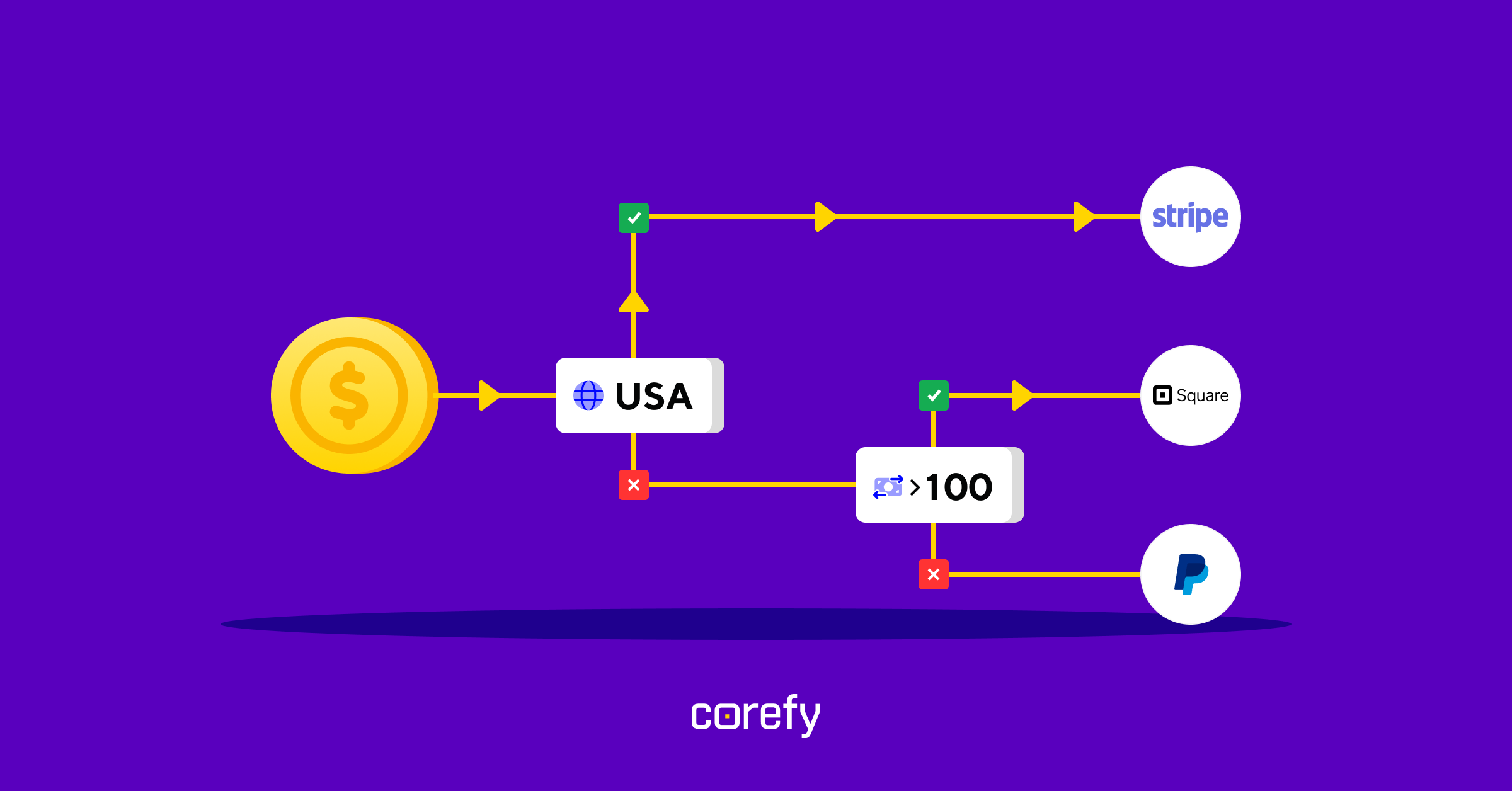
.jpg)
